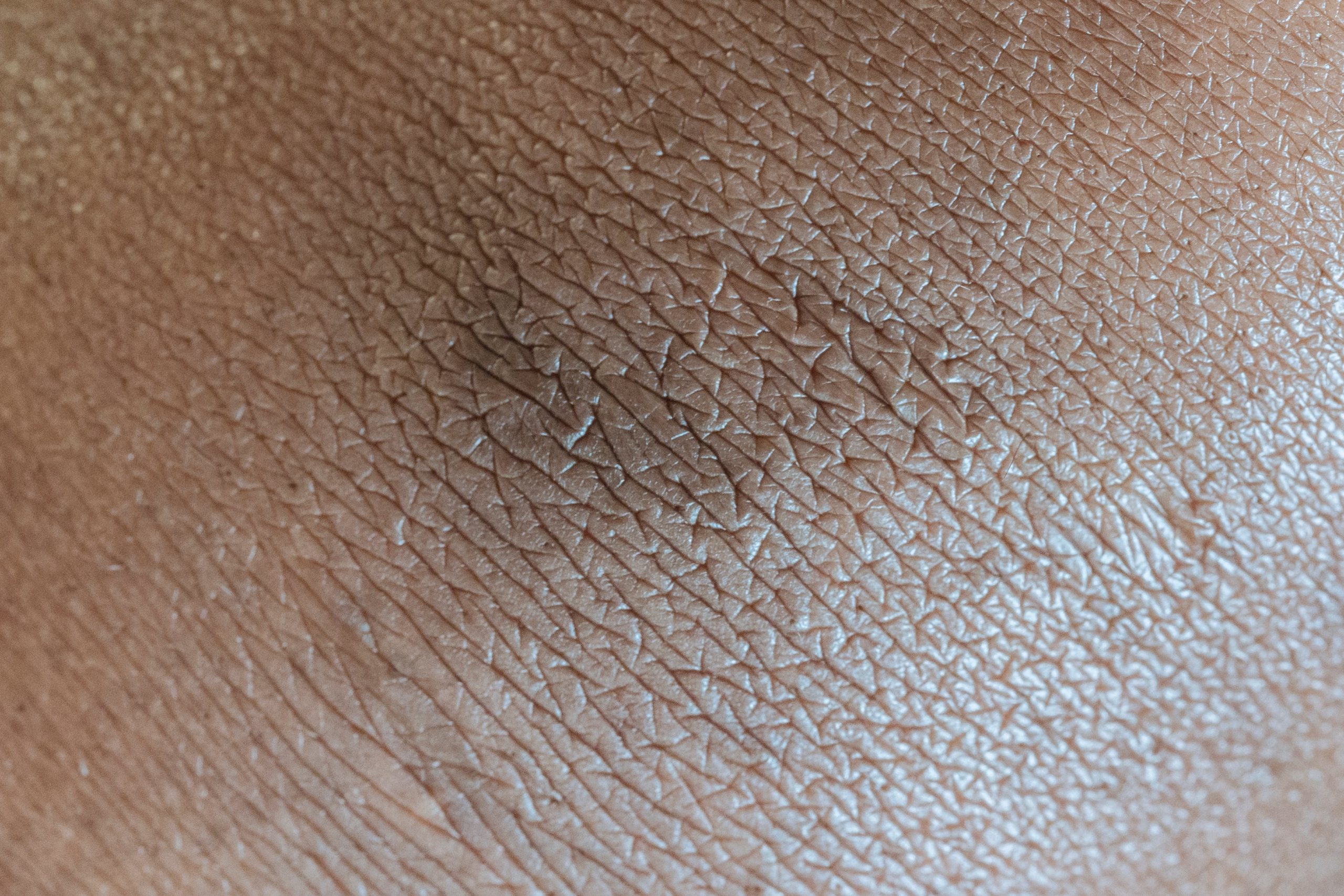Introduction
Your skin is an exceptional canvas that requires consideration and care. Knowing your skin type chart is the first step to a healthy and bright complexion in the constantly changing skincare world. We’ll review the best skin type chart for 2023 in this extensive guide, including advice, suggestions, and answers to frequently asked concerns to give you greater confidence while navigating the skincare industry.
Skin Types Demystified for Beginners
What is a Skin Type?
Your skin type chart determines how it reacts to various environmental factors, products, and treatments. There are five primary skin types chart:
Normal Skin
Normal skin is well-balanced, not too oily nor too dry. Tiny pores, an even tone, and a smooth texture characterize it. Beginners can identify normal skin by its lack of excessive oiliness or dryness.
Beginner’s Tip: You likely have normal skin if your skin feels comfortable, without noticeable dry patches or excessive shine.
Oily Skin
Oily skin produces excess sebum, creating a shiny complexion and enlarged pores. Beginners may notice a tendency for makeup to slide off or the need for frequent blotting.
Beginner’s Tip: If you often find your face becoming oily throughout the day, especially in the T-zone (forehead, nose, and chin), you may have oily skin.
Dry Skin
Dry skin lacks moisture, often resulting in flakiness, tightness, and visible fine lines. Beginners may experience rough patches and a dull complexion.
Beginner’s Tip: If your skin feels tight, looks dull, or you notice flakiness, you likely have dry skin.
Combination Skin
Combination skin is a mix of different skin types on various face areas. Common combinations include an oily T-zone and dry cheeks. Beginners may need to tailor their skincare routine to address multiple concerns.
Beginner’s Tip: If different parts of your face exhibit different characteristics, such as oiliness in some areas and dryness in others, you likely have combination skin.
Sensitive Skin
Sensitive skin is prone to redness, irritation, and reactions to certain products. Beginners may notice their skin reacting negatively to new skincare items or environmental factors.
Beginner’s Tip: If your skin quickly becomes red, irritated, or reacts to new products, you likely have sensitive skin.

How to Determine Your Skin Type
The Bare-Faced Test
- Cleanse: Start with a gentle cleanser to remove makeup or skincare products.
- Wait: Allow your skin to air dry without applying any products.
- Observe: After about an hour, observe how your skin feels. Does it feel tight, oily, or comfortable?
Beginner’s Tip: How your skin feels after cleansing and waiting can provide insights into your skin type.
The Blotting Paper Test
- Blot: Press blotting paper onto different areas of your face.
- Examine: Check the paper for oiliness. If there’s a visible oil transfer, you may have oily skin.
Beginner’s Tip: This quick test can help determine if you have oily or combination skin.

The Best Skin Type Chart for 2023
Recent Developments in Skin Typing
In 2023, technological advancements have revolutionized how we understand and cater to different skin type chart. Cutting-edge tools and apps offer personalized recommendations based on real-time analysis.
AI-Powered Skin Analysis
Artificial Intelligence is now being employed to analyze skin conditions accurately. Apps equipped with AI can assess your skin type chart, detect concerns, and recommend suitable products.
Beginner’s Tip: Embracing technology can make understanding your skin type and finding suitable products a breeze.
Customized Skincare Regimens
Brands are increasingly offering personalized skincare regimens tailored to specific skin types. These regimens often include a combination of cleansers, serums, and moisturizers designed to address individual concerns.
Beginner’s Tip: Look for skincare lines that provide personalized recommendations for your skin type.
In-Depth Exploration of Each Skin Type
Let’s delve into the specific characteristics and recommended care for each skin type in 2023.
Normal Skin
Normal skin requires maintenance to keep it balanced and healthy. In 2023, lightweight, hydrating formulas are ideal. Look for products with antioxidants to maintain the skin’s natural glow.
Beginner’s Tip: A simple routine with a gentle cleanser, moisturizer, and sunscreen is often sufficient for normal skin.
Oily Skin
Managing excess oil is critical for oily skin. Opt for oil-free, non-comedogenic products that control shine without stripping the skin of moisture. Ingredients like salicylic acid can help regulate oil production.
Beginner’s Tip: A consistent routine with a gentle cleanser, oil-free moisturizer, and a mattifying sunscreen benefits oily skin.
Dry Skin
Dry skin needs hydration. Search for products in 2023 that include hyaluronic acid, glycerin, and ceramides to seal in moisture. Creamy cleansers and rich moisturizers provide the nourishment dry skin needs.
Beginner’s Tip: Focus on a routine with a hydrating cleanser, a rich moisturizer, and a sunscreen with added moisturizing properties for dry skin.
Combination Skin
Balancing oily and dry areas is the key to caring for combination skin. Use products designed for combination skin or customize your routine based on the needs of specific regions.
Beginner’s Tip: A routine incorporating both lightweight and more decadent products can cater to the varying needs of combination skin.
Sensitive Skin
Gentleness is paramount for sensitive skin. Pick products with soothing ingredients like chamomile or aloe vera that are hypoallergenic and fragrance-free—patch-test new products before incorporating them into your routine.
Beginner’s Tip: A minimalistic routine with a gentle cleanser, a hypoallergenic moisturizer, and a sunscreen suitable for sensitive skin is advisable.
Importance of Regular Skin Assessment
Understanding your skin type chart isn’t a one-time task. Variables, including age, changes in lifestyle, and environment, may impact your skin. Regularly assess your skin and adjust your skincare routine as needed.
Beginner’s Advice: Pay attention to how your skin feels and looks, and be flexible with your routine to accommodate changing seasons or way of life preferences.

FAQs About Skin Types
Can Your Skin Type Change Over Time?
Aging, hormones, and environmental factors may all affect your skin type. It would be best if you modified your skincare regimen correspondingly.
Beginner’s Tip: Stay attentive to your skin’s needs and adjust your routine as your skin evolves.
How to Address Multiple Skin Concerns?
For combination skin, focus on a balanced routine that addresses oily and dry areas. Consider using targeted treatments for specific concerns in different facial zones.
Beginner’s Tip: Customize your routine by applying lighter products to oily areas and more decadent products to dry areas.
Is Expensive Skincare Always Better?
Not necessarily. Effective skincare is about choosing products with suitable ingredients for your skin type, regardless of the price. Affordable options can be just as beneficial.
Beginner’s Tip: Focus on the ingredients and how they address your skin concerns rather than the price tag.
Friendly Advice for Beginners
Building a Simple Skincare Routine
For beginners, simplicity is vital. Start with a basic routine: cleanse, moisturize, and apply sunscreen. Gradually introduce additional products based on your skin’s needs.
Beginner’s Tip: Prioritize consistency above intricacy. Adhere to a daily regimen that you can readily follow.
Understanding Skincare Ingredients
Learn about typical components included in skincare products, such as antioxidants, retinol, and hyaluronic acid. Knowing these elements gives you the ability to choose things with knowledge.
Beginner’s Tip: Study product labels to identify compounds that address the unique issues with your skin.
Conclusion
Knowing your skin type is critical to developing an effective skincare routine in the constantly evolving skincare world. The best skin type chart for 2023 incorporates technological advancements, personalized regimens, and a deep understanding of each skin type’s unique needs. By following the tips and embracing a beginner-friendly approach, you’ll be well on your way to achieving your skin goals in the upcoming year.








1 thought on “Understanding Your Skin: The Best Skin Type Chart for 2023”